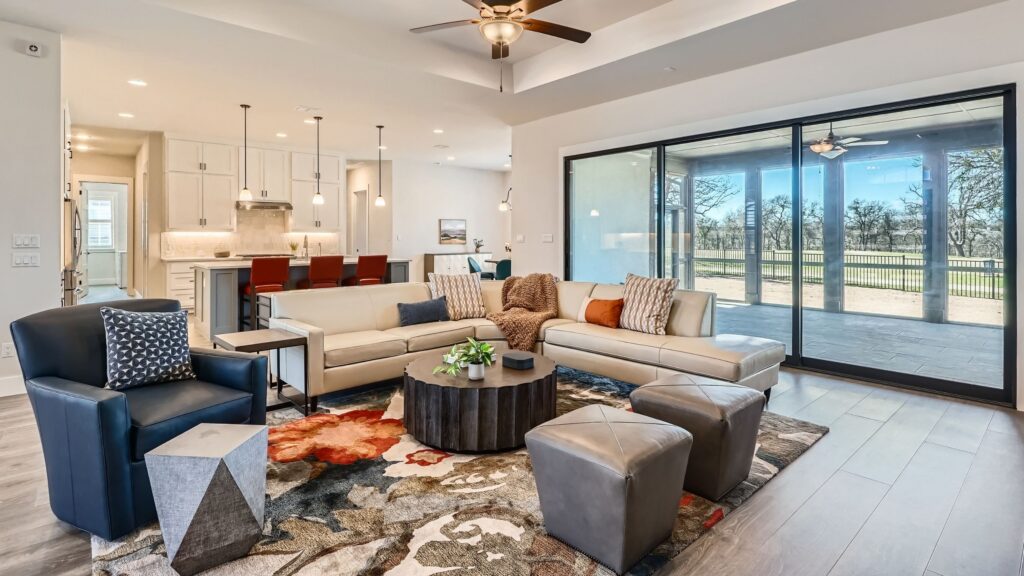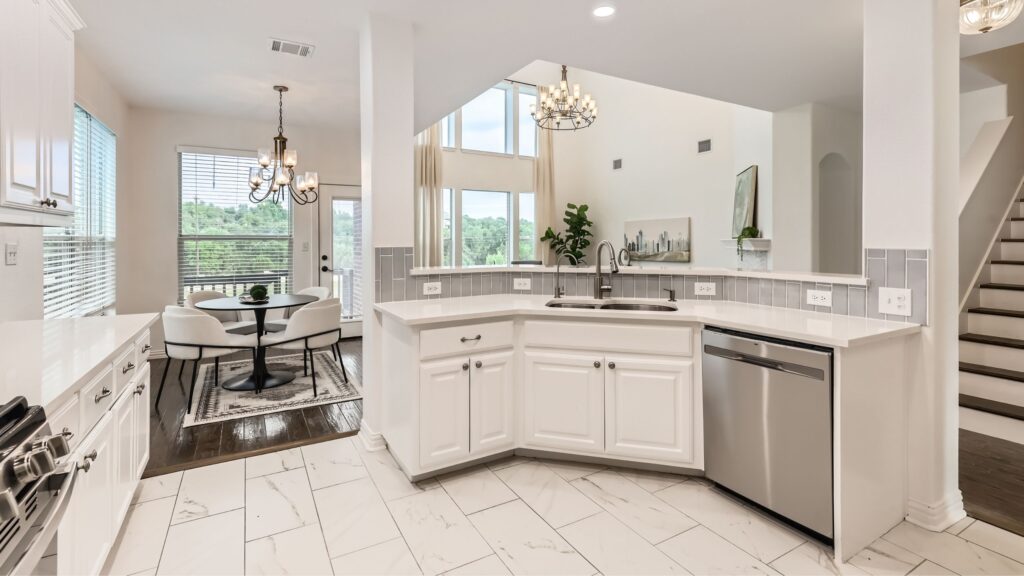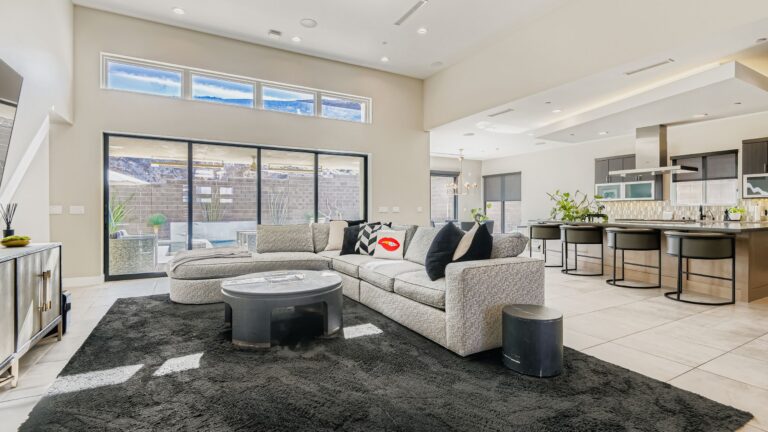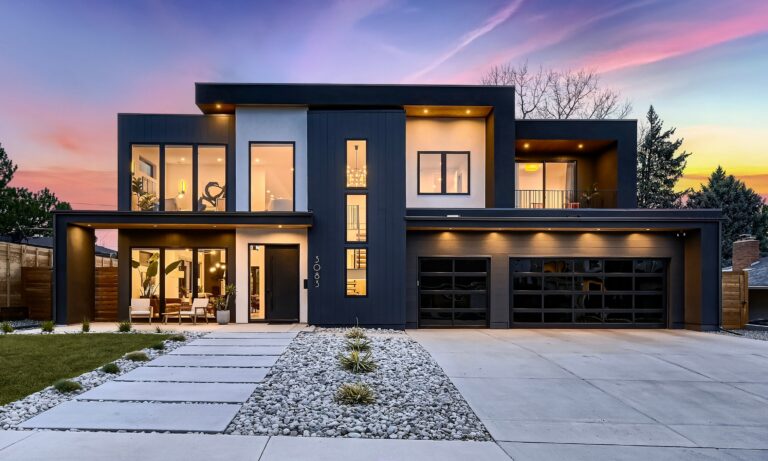Short answer: It can be. Everything is bigger in Texas, and their cities are indeed never an exception. The state capital, Austin, is one of the biggest cities in the region, currently home to just under 1 million residents.
If you’re planning on moving out there, chances are you’re trying to figure out the cost of living in Austin. How much do homes in Austin cost? What are the expensive neighborhoods? What is the average cost of groceries? The median household income? Is Austin one of the most expensive cities in Texas? What about San Antonio? The answers to these questions and more are in this article.
Housing in Austin
Like most major cities, Austin has a bustling housing market. That said, Austin is currently seeing a slower market that previous years. There are plenty of spaces to live in Austin regardless of whether you’re searching for rentals or single-family houses. One of the most significant factors when it comes to the cost of living index is housing costs. While Central Texas is more affordable than San Francisco, there are still some things to think about regarding real estate.
Average rent in Austin, Texas
If you’re looking for a one-bedroom apartment in Austin, Texas, you’ll be paying about $1,832 in rent each month. While this isn’t cheap, it’s much more affordable than the average in San Francisco: $3,495. For students at the University of Texas, it’s possible to find cheaper rents outside Austin city limits, such as San Antonio, San Marcos, and other towns near South Austin.
If you can find an apartment along I-35, you can commute relatively easily into downtown Austin or Silicon Hills. However, I-35 is frequently slow-moving, so I’d plan some alternate routes if you choose to live outside of Austin city limits. While rent costs in Austin can be expensive, it’s also possible to find some apartments well below the median rents in the city.
Real estate costs in Austin
While rent remains relatively expensive in Austin, purchasing a house in or near the city varies a little more in price. Homes in the city generally cost about $530,000 but can get much cheaper if you move away from the city. The real estate market in Austin is still relatively volatile post the COVID-19 pandemic and the intense market surge that followed after. Right now, homes are sitting for longer on the market, and buyers have the advantage in Austin. Also, property taxes in Austin are higher than in surrounding areas.

Top neighborhoods in Austin
North and East Austin have cheaper homes when compared to other parts since they’re farther away from the center. Regardless of how much you’re willing to pay, there are plenty of neighborhoods in Austin to choose from.
If you’re looking for homes by lively streets and entertainment, check out Rainey Street. These are some more expensive Austin neighborhoods, but you’re paying for a great and convenient location. Some of the best concert venues in Austin are within walking distance from these neighborhoods.
If you want to raise a family in a comfortable home, Well Branch is a great place to look. Brushy Creek and Mueller are also excellent Austin neighborhoods that offer great homes for families.
Popular Austin neighborhoods:
- Rainey Street (lively, convenient location, near entertainment and concert venues)
- Well Branch (great for families)
- Brushy Creek (family-friendly)
- Mueller (family-friendly)
Cost of utilities in Austin
Now that you know how much it’ll cost to rent or own a home let’s talk about utilities. The average cost of utilities for a single person in Austin is right around $147 a month. Depending on your plan, if you include internet, the price might go up by $50 to $100. Though it may seem relatively high, Austin’s utilities are cheaper than other U.S. cities of comparable size. The average price of utilities makes Austin a relatively affordable city.
Transit
Austin has cheaper gas prices than other places in the country, with gas costing about 45 cents more affordable than the national average. If you’re a car owner, make sure you’re paying attention to fluctuating gas prices. You will also want to pay attention to traffic along I-35. I used to live in Austin, and I-35 can be a nightmare under the right conditions.
Don’t want to own a car?
Austin is a relatively walkable city, meaning getting from downtown to other parts of the city is more accessible due to proper infrastructure and buses. If you don’t want to pay a fortune on gas, this could be beneficial. However, it is not reasonable to expect to walk safely to destinations in some surrounding neighborhoods. For example, I wouldn’t expect to walk from Zilker Park to South Austin. However, public transportation is relatively accessible, though not 24/7.
Ways to get around Austin without a car:
- Walking (especially downtown and well-connected neighborhoods)
- Buses (public transportation, though not 24/7)
- Alternative routes for commuters (to avoid I-35 traffic)
Food
How much you pay for food each month depends on how many mouths you have to feed. In Austin, monthly grocery costs usually top out at around $100 a week, cheaper than in many other cities.
Median incomes in Austin
Of course, affordable housing depends on how much you can afford, right? The median income in Austin is $65,250 a year.
Understand cost of living Austin, TX in 2025
Austin, Texas, continues to captivate newcomers with its vibrant culture and dynamic growth, making understanding its cost of living crucial for anyone considering a move. While more affordable than some major coastal cities, Austin’s growth has elevated expenses, particularly for housing, which remains the most significant factor.
Essential costs like utilities and groceries are generally more manageable, and transportation can be more affordable if you utilize public transit. Ultimately, careful financial planning and research into specific neighborhoods are key to making your move to Austin a successful one.
Virtuance and your Austin journey
Navigating Austin’s competitive real estate landscape requires making a strong first impression. Virtuance can elevate property listings with stunning photography and virtual tours, helping you showcase homes in Austin’s diverse neighborhoods in the best possible light. This visual advantage is crucial in a market where quality and presentation significantly impact interest and decisions.
Ready to sell your Austin home for top dollar? Partner with Virtuance to ensure your listing truly shines and attracts the right buyers.
FAQ
Austin’s tech sector, especially in AI, cybersecurity, and cloud computing, offers the most in-demand job opportunities in 2025.
The average commute time in Austin typically sits around 25-30 minutes, though it can vary significantly by zip code and rush hour conditions.
Eanes, Leander, and Lake Travis Independent School Districts consistently rank among Austin’s most highly-rated school districts.
Austin residents enjoy abundant outdoor activities like hiking, kayaking, and swimming, alongside a vibrant live music scene.
Austin experiences a humid subtropical climate with long, hot summers and short, mild winters, offering nearly 300 sunny days annually.








